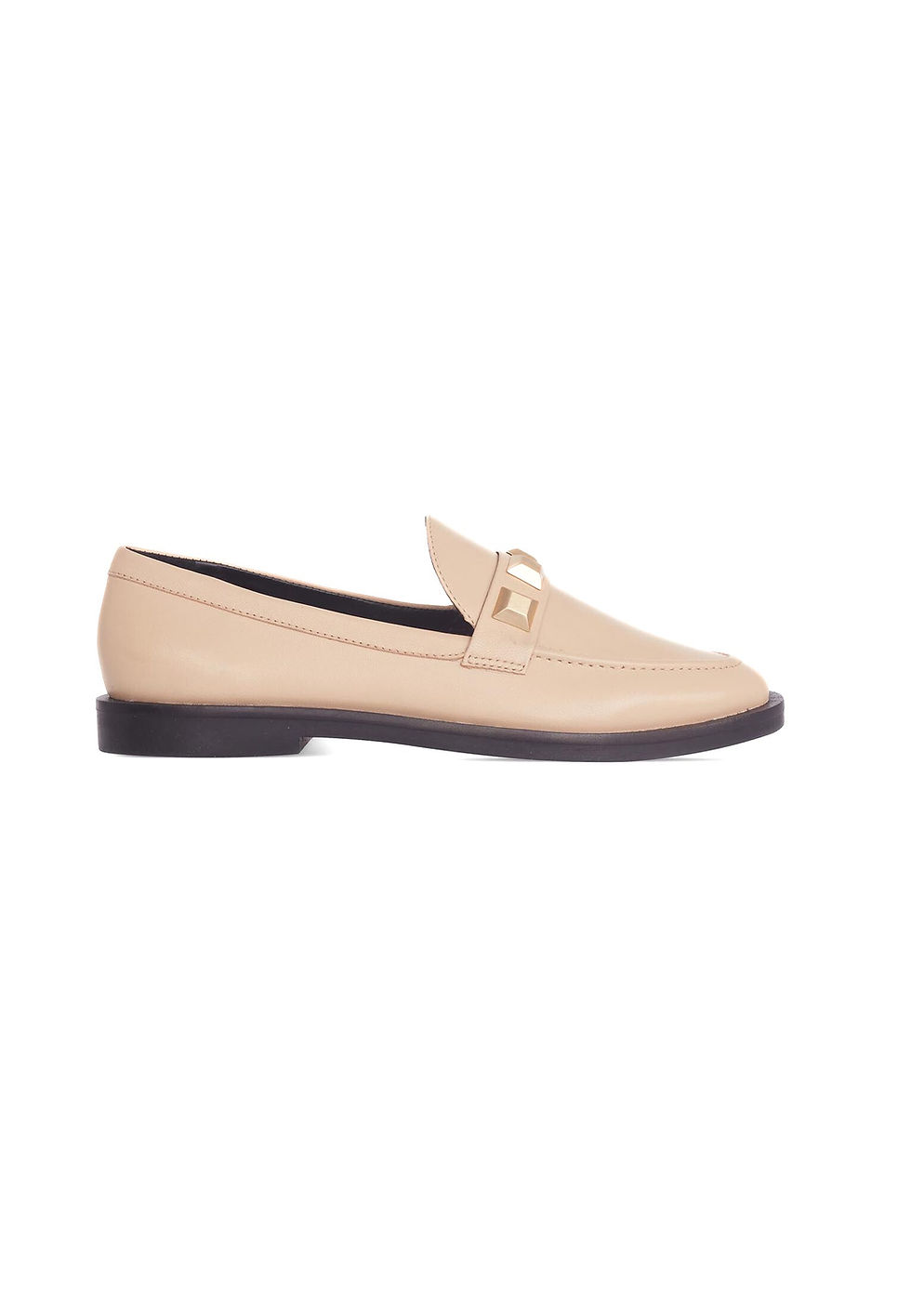Create Exciting Activities for Young Learners
- Ngechent

- 2 days ago
- 3 min read
Engaging young learners can sometimes feel like a challenge. But with the right approach, creating fun learning activities becomes an exciting adventure. I’ve found that simple, hands-on activities spark curiosity and make lessons memorable. In this post, I’ll share practical ideas and tips to help you design activities that keep kids eager to learn and participate.
Why Fun Learning Activities Matter
Fun learning activities are more than just playtime. They help children develop critical thinking, social skills, and creativity. When kids enjoy what they’re doing, they absorb information better and stay motivated. I always aim to balance education with enjoyment because that’s when real learning happens.
Here are some benefits of incorporating fun learning activities:
Boosts engagement: Kids focus more when activities are enjoyable.
Encourages teamwork: Group tasks build communication and cooperation.
Supports different learning styles: Hands-on, visual, and auditory learners all benefit.
Builds confidence: Success in activities encourages kids to try new things.
By making lessons interactive and lively, you create a positive learning environment where children feel safe to explore and express themselves.

How to Design Fun Learning Activities
Designing fun learning activities doesn’t have to be complicated. Start by thinking about your learning goals and the interests of your students. Then, choose activities that are simple, interactive, and adaptable.
Here’s a step-by-step guide I follow:
Identify the objective: What skill or knowledge should the activity develop?
Choose a theme: Use topics that excite children, like animals, space, or seasons.
Select materials: Use everyday items or inexpensive supplies.
Plan the steps: Keep instructions clear and concise.
Include movement: Physical activity helps maintain energy and focus.
Allow creativity: Let kids add their own ideas or variations.
Prepare for different levels: Adjust difficulty to suit all learners.
For example, if you want to teach counting, you might create a scavenger hunt where children find and count objects around the room. This combines movement, observation, and math skills in a fun way.
Examples of Engaging Activities for Young Learners
Here are some specific activities that I’ve found effective and enjoyable. Feel free to adapt them to your classroom or home setting.
1. Storytelling with Props
Use simple props like puppets, hats, or toys to bring stories to life. Children can take turns acting out parts or creating their own endings. This activity improves language skills and imagination.
2. Nature Walk and Journal
Take a walk outside and encourage kids to observe plants, animals, or weather. Back inside, they can draw or write about what they saw. This connects science with art and writing.
3. Math Games with Everyday Objects
Use buttons, blocks, or coins for counting, sorting, and pattern-making games. These hands-on activities make abstract concepts concrete and understandable.
4. Art and Craft Projects
Simple crafts related to the lesson theme help develop fine motor skills and creativity. For example, making paper plate animals when learning about wildlife.
5. Music and Movement
Incorporate songs, dances, or rhythm games to teach concepts like days of the week or body parts. Movement helps memory and makes learning joyful.
These activities are easy to prepare and can be modified for different age groups or learning levels.

Using Resources to Enhance Your Activities
Sometimes, finding fresh ideas and materials can be overwhelming. That’s why I recommend using trusted online resources. One excellent place to explore is elementary education activities. This site offers a wide range of lesson plans, printable materials, and activity ideas tailored for young learners.
Here’s how you can make the most of such resources:
Browse by subject or theme: Quickly find activities that match your lesson goals.
Download ready-to-use printables: Save time on preparation.
Adapt ideas to your needs: Customize activities to fit your students’ interests and abilities.
Join educator communities: Share tips and get support from other teachers.
Using these tools helps reduce stress and frees up more time to focus on teaching and connecting with your students.
Tips for Keeping Activities Fun and Effective
To keep your activities engaging and productive, consider these tips I’ve learned over time:
Keep it short and sweet: Young learners have limited attention spans.
Use positive reinforcement: Praise effort and participation.
Encourage questions: Let kids explore and express curiosity.
Be flexible: If something isn’t working, try a different approach.
Mix it up: Rotate activities to maintain interest.
Include breaks: Short breaks help kids recharge and stay focused.
Remember, the goal is to create a joyful learning experience that builds skills and confidence.
Making Every Day a Fun Learning Day
Creating exciting fun learning activities is a rewarding part of teaching. When children enjoy learning, they develop a lifelong love for discovery. By using simple, creative ideas and reliable resources, you can make every lesson an adventure.
Keep experimenting with new activities, listen to your students’ feedback, and celebrate their progress. Together, you’ll build a vibrant learning environment where every child can thrive.
I hope these ideas inspire you to bring more fun and excitement into your teaching. Happy teaching!














































































































































Comments